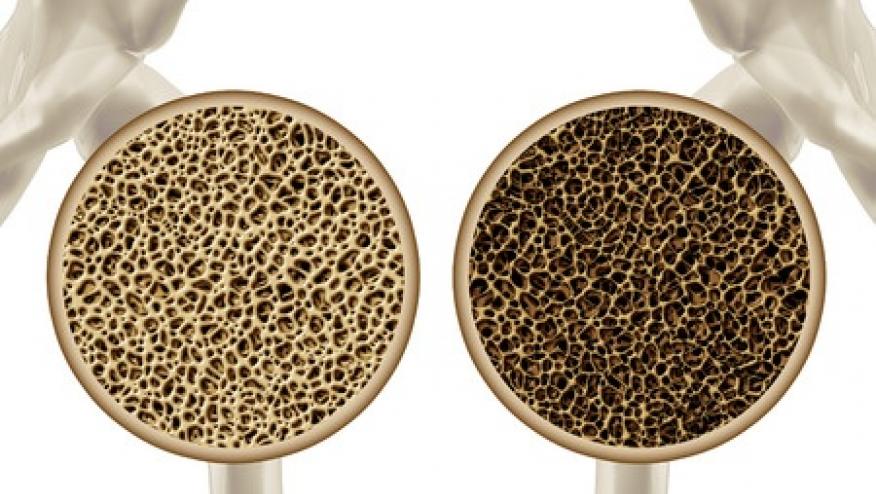ASBMR Guidance on Bisphosphonate Use Save

The American Society of Bone and Mineral Research (ASBMR) Task Force has issued a guidance report on the use of bisphosphonates (BP) with a focus on the risk vs. benefits of such therapy. (Citation source http://buff.ly/1Nn0CVb)
Based on data from the FLEX and HORIZON trials, they suggests women at high risk (for example, older women, those with a low hip T-score or high fracture risk score, those with previous major osteoporotic fracture, or who fracture on therapy) should continue BP treatment for up to 10 years (oral) or 6 years (intravenous), with periodic evaluation. The former includes continued reduction in the risk of vertebral fractures, and the latter, rarely, osteonecrosis (localized bone death) of the jaw and unusual fractures of the femur (thigh bone).
The risk of atypical femoral fracture, but not osteonecrosis of the jaw, clearly increases with BP therapy duration, but such rare events are outweighed by vertebral fracture risk reduction in high-risk patients.
In women who are not at high risk after 5 years of oral bisphosphonates or 3 years of intravenous bisphosphonates, clinicians should reassess the drugs' potential benefits and risks and a drug holiday of 2 to 3 years can be considered.
There are limitations to the available data and what is available only applies to vertebral fracture reduction, mostly in white postmenopausal women, and does not replace clinical judgment. Whether such guidance is applicable to men or those with glucocorticoid-induced osteoporosis is unclear and may require some adaptation.










If you are a health practitioner, you may Login/Register to comment.
Due to the nature of these comment forums, only health practitioners are allowed to comment at this time.